Luton Town v Oxford United, 1988
Luton Town welcomed Oxford United to Kenilworth Road for a First Division fixture in February 1988, with the two sides enjoying the most successful periods in their histories. Four days later they were to meet again in the Littlewoods (League) Cup semi-finals. Oxford had won that competition two years previously, and Luton were to lift it in April 1988. This was the last season that the clubs met in the top flight, and both have since spent time in non-league before returning to the Football League.
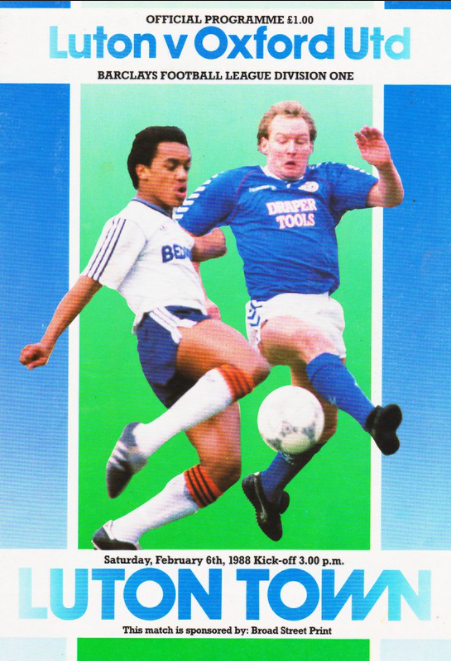
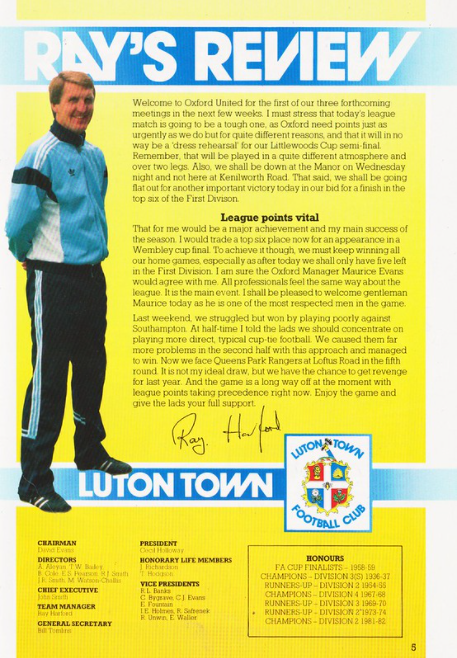

After this fixture, the sides had shared 29 goals in four league meetings over two seasons. Luton climbed to 8th in the table, eventually finishing a place lower, while reaching Wembley three times in early 1988. They lost the Simod Cup Final 4-1 to Second Division Reading in March, were then narrowly beaten 2-1 by Wimbledon at White Hart Lane in the FA Cup semi-finals and took part in the Football League Centenary tournament a week later. They bounced back to earn a dramatic 3-2 win over Arsenal in the Littlewoods Cup Final at Wembley, their finest hour and first major trophy. Oxford were struggling in the relegation zone at the time, and eventually ended bottom of the 21-team First Division.


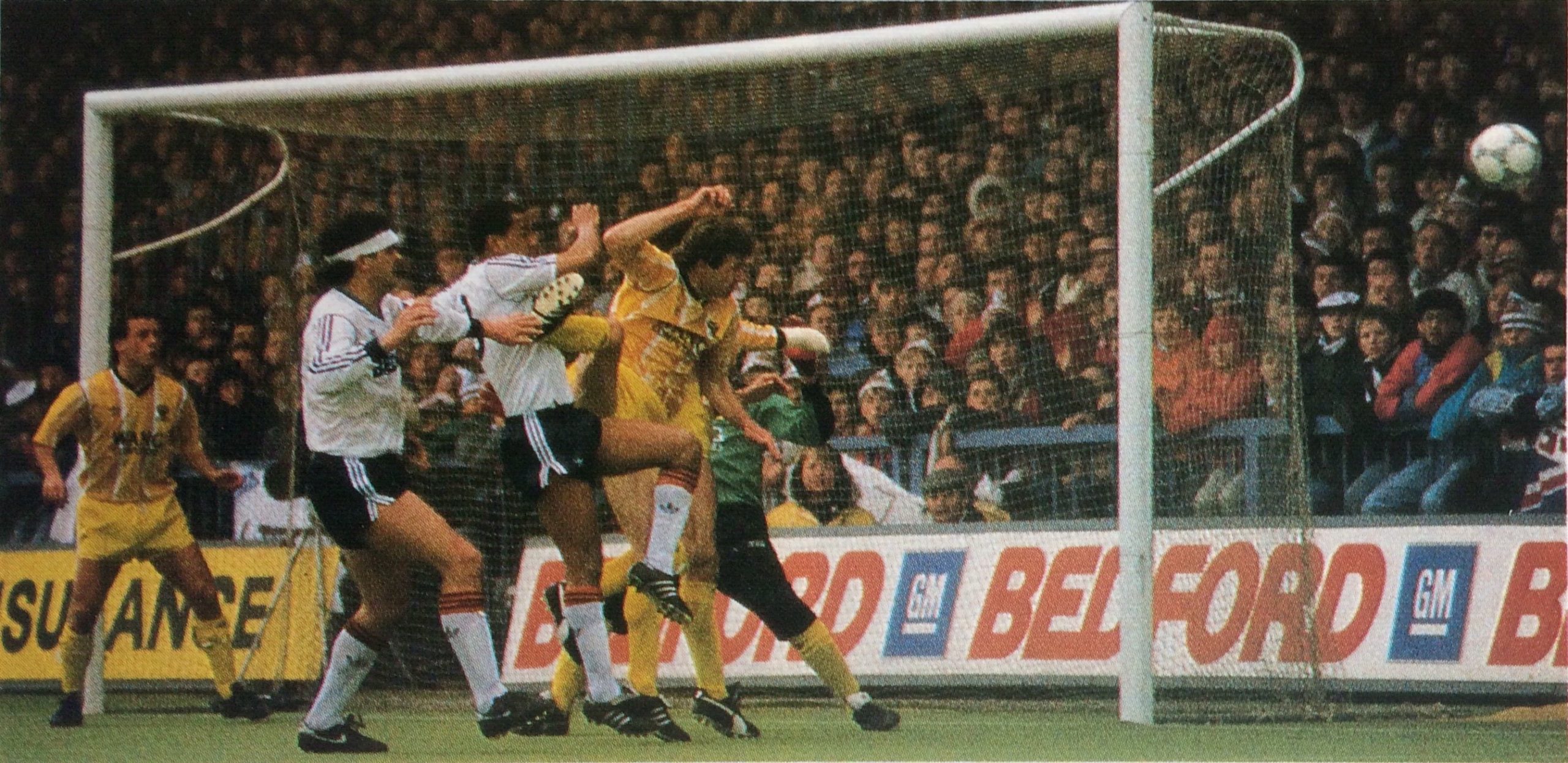

The respective attendances of the two clubs indicated their status as historically smaller sides, and indicated that they were punching above their weight simply by reaching the top flight. In 1987-88, Oxford averaged 8,388 and Luton 8,157 – 19th and 20th in the First Division, with only Wimbledon attracting lower home gates. As a result, both were known as selling clubs, and Oxford struggled to replace Ray Houghton after his transfer to Liverpool in October 1987; John Aldridge had also moved to Anfield the previous season. 1987-88 top scorer Dean Saunders remained at the Manor Ground until the start of the following season, when he was sold to Derby for £1 million, and in 1991 was signed by Liverpool for a then-British record fee of £2.9 million.
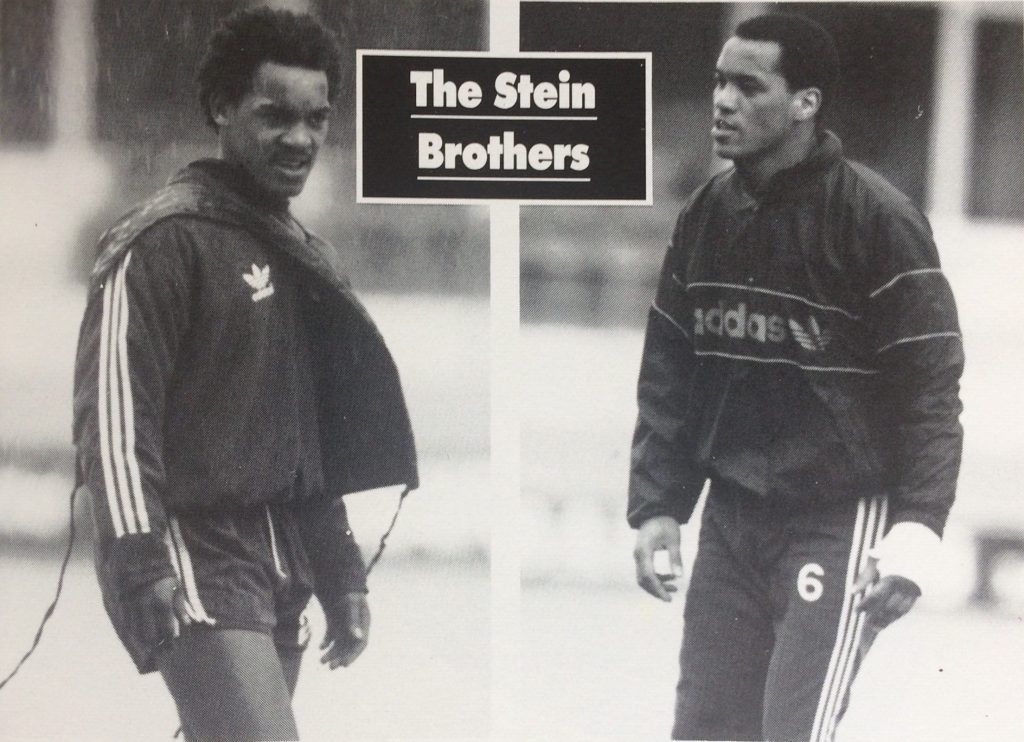
Both former England defender Steve Foster and Mark Stein, scorer of a hat-trick in this game, were re-united at Oxford in 1989. Stein had left for QPR in the summer of 1988, and later had successful spells at Stoke City and then Chelsea in the early seasons of the Premier League. His brother Brian began his career at Kenilworth Road in 1977, won a single England cap in 1984, and also left at the end of this season for a three-year stint in France before returning for Luton’s last First Division season in 1991-92. Ray Harford was in charge at Luton until January 1990 and after managing Wimbledon, became Kenny Dalglish’s assistant at Blackburn where he won the Premier League in 1995 and took over as manager the following season. He died in 2003.
Luton Town played in the top flight for the first time in 1955 and lost the 1959 FA Cup Final to Nottingham Forest before relegation the following year. Apart from a single First Division season in 1974-75, the club was unable to establish itself at the top level until David Pleat guided them back in 1982. Luton courted controversy by installing an artificial playing surface at Kenilworth Road at the start of the 1985-86 season. After crowd trouble caused by Millwall supporters in 1985, they took the unprecedented step of banning away fans the following year until 1990. Luton again reached the Littlewoods Cup Final to defend their trophy in 1989, losing 3-1 to Nottingham Forest. They remained a First Division club for a decade before 1992, after which a series of relegations and financial problems saw them drop out of the Football League altogether in 2009. Since returning as Conference winners in 2014, Luton have climbed steadily and are currently a Championship side.

Oxford United only joined the Football League in 1962 and their rise began when controversial businessman Robert Maxwell bought the club in 1982 – and suggested a merger with Reading as the ‘Thames Valley Royals’. They reached the top division for the first time in 1985 after winning successive promotions under manager Jim Smith. They won the 1986 Milk Cup, and enjoyed three First Division seasons with Maurice Evans in charge, before falling into decline. Like Luton, they endured severe financial problems, resulting in the sale of their Manor Ground stadium, which the club left in 2001. Oxford eventually lost their league status in 2006, returning four years later through the play-offs and are now back in the third tier.
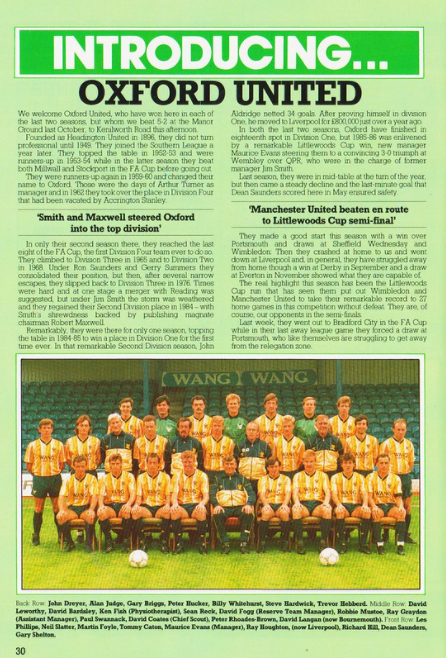
Match details for Luton Town – Oxford United; Kenilworth Road, Football League Division One, Saturday 6 February 1988:
Luton Town: 1. Les Sealey, 2. Tim Breacker, 3. Rob Johnson (sub Ashley Grimes), 4. Darron McDonough, 5. Steve Foster, 6. Mal Donaghy, 7. Danny Wilson, 8. Brian Stein, 9. Mick Harford, 10. Mark Stein, 11. Ian Allinson. Manager: Ray Harford. Scorers: Harford 2, B. Stein, McDonough, M. Stein 3.
Oxford United: 1. Steve Hardwick, 2. David Bardsley, 3. Richard Hill, 4. Gary Shelton (sub Robbie Mustoe), 5. Gary Briggs, 6. Tommy Caton (sub Billy Whitehurst), 7. Trevor Hebberd, 8. Martin Foyle, 9. Dean Saunders, 10. Les Phillips, 11. Peter Rhoades-Brown. Manager: Maurice Evans. Scorers: Saunders (pen.), Foyle, Hill, Phillips.
Attendance: 8,063
Match programme scans courtesy of Miles McClagan @TheSkyStrikers twitter and Flickr
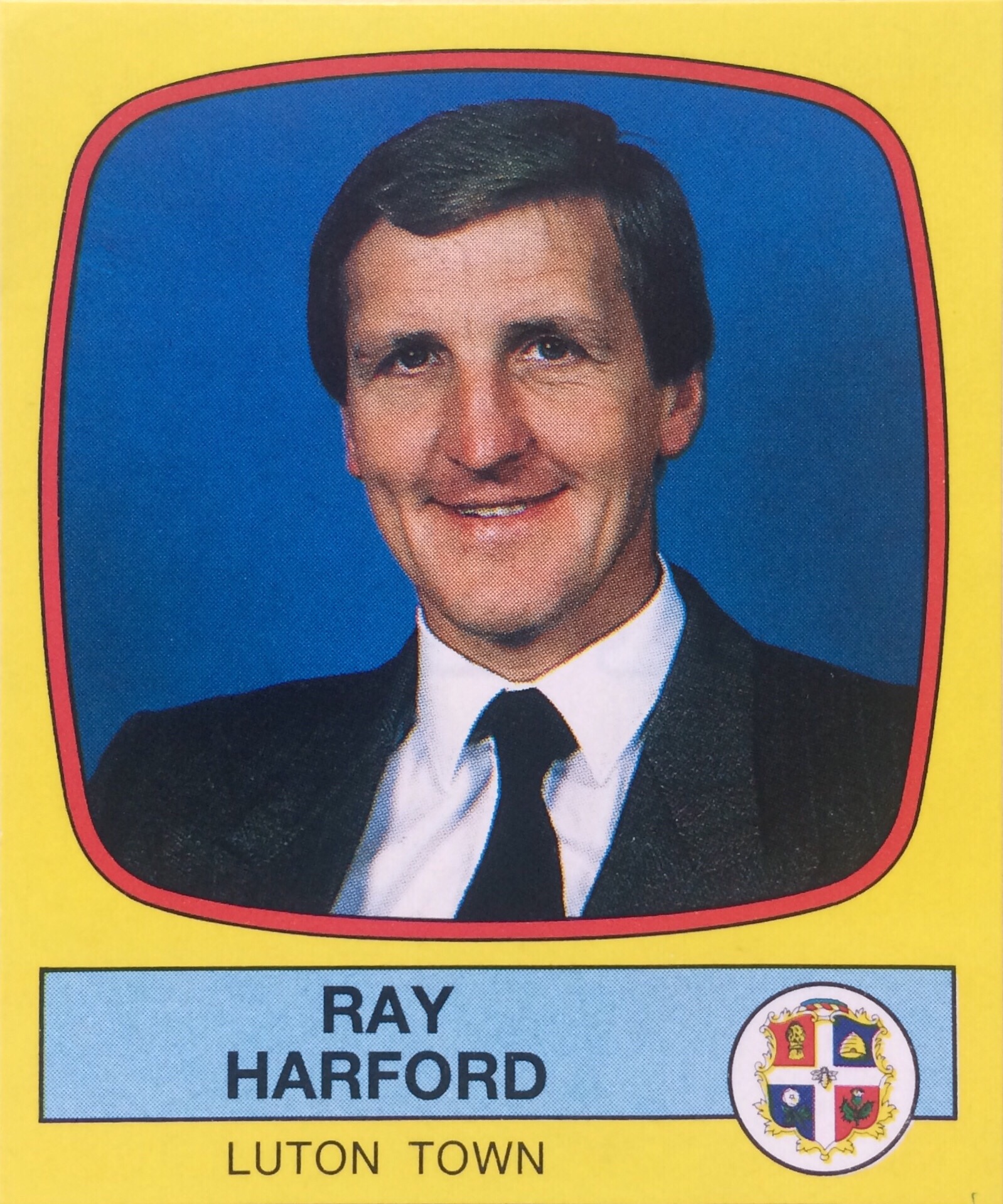

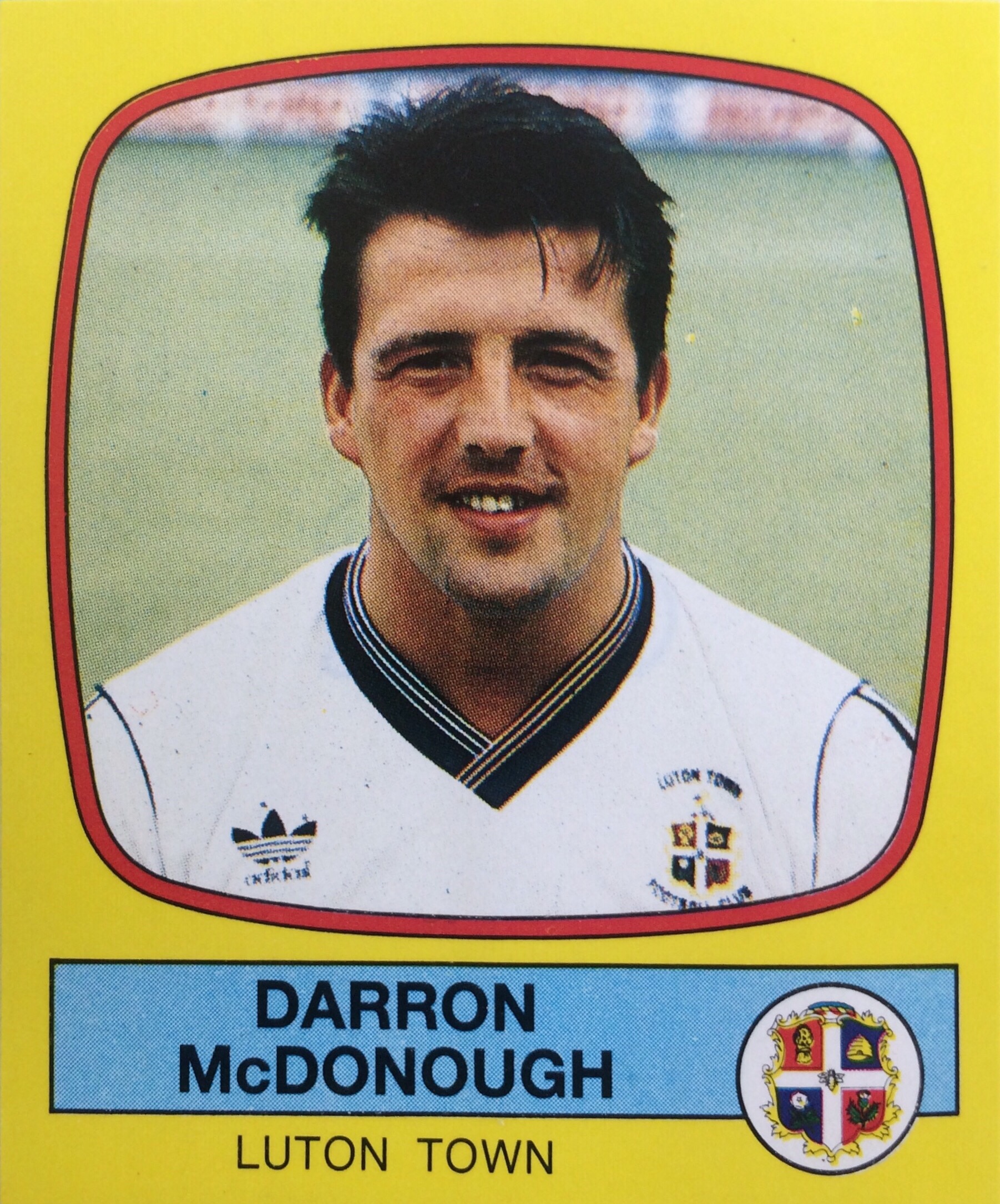
The eleven goals scored in this game has only been matched once in the Premier League era, when the same result was repeated by Portsmouth’s win over Reading in September 2007. The highest aggregate for a top-flight fixture is fourteen goals, shared by Aston Villa’s 12-2 win against Accrington in 1892 and Tottenham’s 10-4 defeat of Everton in 1958. The Football League’s highest-scoring game took place on Boxing Day 1935 when Tranmere Rovers beat Oldham Athletic 13-4 at Prenton Park with the help of nine goals by ‘Bunny’ Bell. Luton themselves had beaten Bristol Rovers by a record 12-0 scoreline in a Third Division South fixture in April 1936, as Joe Payne surpassed Bell with ten goals.
The ups and downs of Football League clubs is one of the topics in my book Before the Premier League: A History of the Football League’s Last Decades.